Crenolanib
- CAS NO.:670220-88-9
- Empirical Formula: C26H29N5O2
- Molecular Weight: 443.54
- MDL number: MFCD21609260
- SAFETY DATA SHEET (SDS)
- Update Date: 2024-11-19 23:02:33
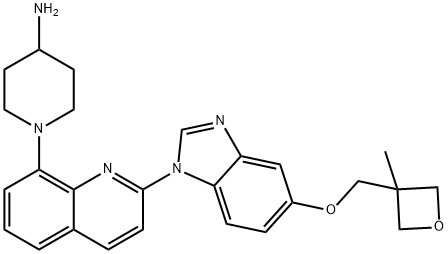
What is Crenolanib?
Description
Crenolanib (670220-88-9) is a potent inhibitor of PDGFR (Kd?for α = 2.1 nM; β = 3.2 nM) and FLT3 (Kd?= 0.74 nM).1?Crenolanib is a type I inhibitor binding only to the active kinase conformation. It showed potent activity against imatinib-resistant PDGFRα mutations D842I, D842V, D842Y, DI842-843M, and deletion I8432?as well as FLT3/ITD and FLT3/D835 mutants3. Crenolanib acted synergistically with FLT3-CAR T-cells in a FLT3-ITD+?AML murine xenograft model.4
The Uses of Crenolanib
Crenolanib (CP-868569) is a highly selective and potent PDGFR-α inhibitor with IC50 of 0.9 and 1.8 nM against PDGFRα and PDGFRβ, respectively.
The Uses of Crenolanib
Crenolanib (CP-868569) is a tyrosine kinase inhibitor that acts by specifically inhibiting the receptor tyrosine kinases PDGFRα and PDGFRβ. Crenolanib (CP-868569) inhibits the activity of PDGFRα D842V kinase and prevented the phosphorylation of wild type PDGFRα. Crenolanib (CP-868569) possesses potential antineoplastic activity. Crenolanib is believed to suppress PDGFR-related signal transduction pathways leading to the inhibition of tumor angiogenesis and tumor cell proliferation.
The Uses of Crenolanib
Crenolanib is an orally bioavailable, selective inhibitor of type III tyrosine kinases with nanomolar potencies against platelet-derived growth factor receptor α (PDGFRα) and PDGFRβ and Fms-related tyrosine kinase 3 (FLT3; IC50s = 11, 3.2, and 4 nM, respectively). It also inhibits medically-relevant mutant forms of these kinases, including the D842V-containing form of PDGFR and D835Y and internal tandem duplication mutations of FLT3, at nanomolar concentrations. Crenolanib is more than 100-fold selective for these kinases over other tyrosine and serine/threonine kinases. It is effective when used in cells and in vivo.[Cayman Chemical]
What are the applications of Application
Crenolanib is a selective inihibitor of PDGFRα
Definition
ChEBI: Crenolanib is a member of the class of benzimidazoles that is 1H-benzimidazole which is substituted by a 8-(4-aminopiperidin-1-yl)quinolin-2-yl group at position 1 and by a (3-methyloxetan-3-yl)methoxy group at position 5. It is an inhibitor of type III tyrosine kinases, PDGFRalpha/beta and FLT3 (IC50 of 11, 3.2, and 4 nM). Currently under clinical development for the treatment of acute myeloid leukemia. It has a role as an EC 2.7.10.1 (receptor protein-tyrosine kinase) inhibitor, an angiogenesis inhibitor, an antineoplastic agent and an apoptosis inducer. It is a member of benzimidazoles, an aromatic ether, a member of quinolines, a member of oxetanes, an aminopiperidine and a tertiary amino compound.
References
1) Lewis?et al.?(2009)?Phase I study of the safety, tolerability, and pharmacokinetics of oral CP-868,596, a highly specific platelet-derived growth factor receptor tyrosine kinase inhibitor in patients with advanced cancers; J. Clin. Oncol.?27?5262 2) Smith?et al.?(2014)?Crenolanib is a selective type I pan-FLT3 inhibitor; Proc. Natl. Acad. Sci. USA?111?5319 3) Heinrich?et al.?(2012)?Crenolanib Inhibits Drug-Resistant PDGFRA D842V Mutation Associated with Imatinib-Resistant Gastrointestinal Stromal Tumors; Clin. Cancer Res.?18?4375 4) Jetani?et al.?(2018)?CAR T-cells targeting FLT3 have potent activity against FLT-ITD+ AML and act synergistically with the FLT3-inhibitor crenolanib; Leukemia?32?1168
Properties of Crenolanib
| Boiling point: | 676.6±65.0 °C(Predicted) |
| Density | 1.36 |
| storage temp. | -20° |
| solubility | Soluble in DMSO (up to 15 mg/ml) or in Ethanol (up to 10 mg/ml). |
| pka | 9.84±0.20(Predicted) |
| form | solid |
| color | White |
| Stability: | Stable for 1 year as supplied. Solutions in DMSO or ethanol may be stored at -20° for up to 1 month. |
| CAS DataBase Reference | 670220-88-9 |
Safety information for Crenolanib
Computed Descriptors for Crenolanib
New Products
Tert-butyl bis(2-chloroethyl)carbamate (S)-3-Aminobutanenitrile hydrochloride N-Boc-D-alaninol N-BOC-D/L-ALANINOL N-octanoyl benzotriazole 4-Hydrazinobenzoic acid 3,4-Dibenzyloxybenzaldehyde Electrolytic Iron Powder 1,1’-CARBONYLDIIMIDAZOLE R-2-BENZYLOXY PROPIONIC ACID 4-HYDROXY BENZYL ALCOHOL 1,1’-CARBONYLDI (1,2-4 TRIAZOLE) S-2-CHLORO PROPIONIC ACID (2-Hydroxyphenyl)acetonitrile 4-Bromopyrazole 5-BROMO-2CYANO PYRIDINE 5,6-Dimethoxyindanone 5-broMo-2-chloro-N-cyclopentylpyriMidin-4-aMine 3-(Hydroxymethyl)benzoate N-Boc-2-chloroethylamine 1-Bromo-2-methoxy-3-nitrobenzene N-Methyl-3-cyclopenten-1-amine 2-Bromo-3-hydroxybenzaldehyde 1H-indazole-5-carboxamideRelated products of tetrahydrofuran
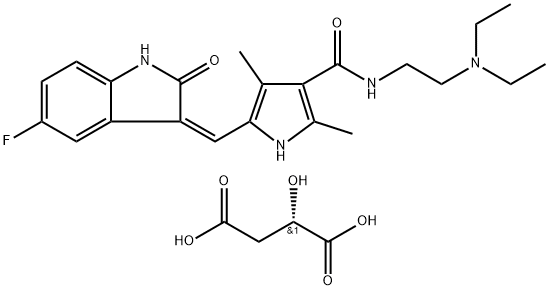
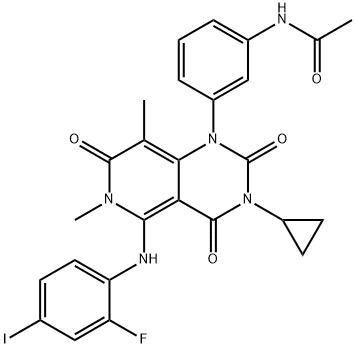

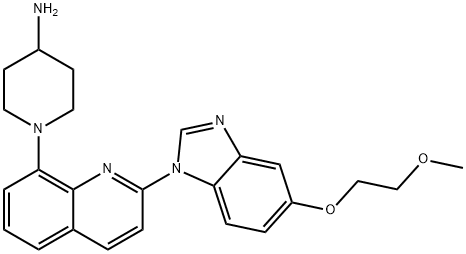

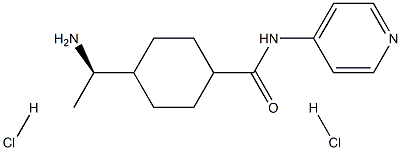
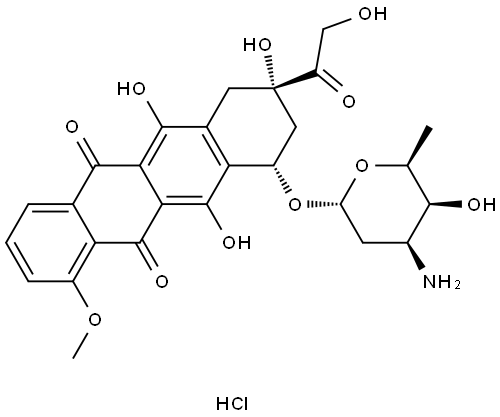
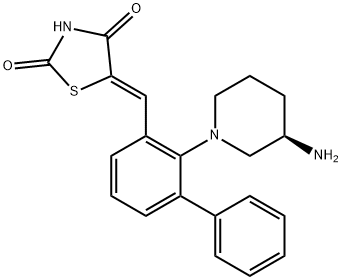
You may like
-
 Crenolanib 95% CAS 670220-88-9View Details
Crenolanib 95% CAS 670220-88-9View Details
670220-88-9 -
 7441-43-2 98%View Details
7441-43-2 98%View Details
7441-43-2 -
 1260741-78-3 6-Bromo-3-iodo-1-methyl-1H-indazole 98%View Details
1260741-78-3 6-Bromo-3-iodo-1-methyl-1H-indazole 98%View Details
1260741-78-3 -
 4-bromo-3,5-dimethylbenzenesulfonyl chloride 1581266-79-6 98%View Details
4-bromo-3,5-dimethylbenzenesulfonyl chloride 1581266-79-6 98%View Details
1581266-79-6 -
 2490430-37-8 98%View Details
2490430-37-8 98%View Details
2490430-37-8 -
 N-(5-Amino-2-methylphenyl)acetamide 5434-30-0 98%View Details
N-(5-Amino-2-methylphenyl)acetamide 5434-30-0 98%View Details
5434-30-0 -
 124371-59-1 98%View Details
124371-59-1 98%View Details
124371-59-1 -
 53857-52-2 98%View Details
53857-52-2 98%View Details
53857-52-2